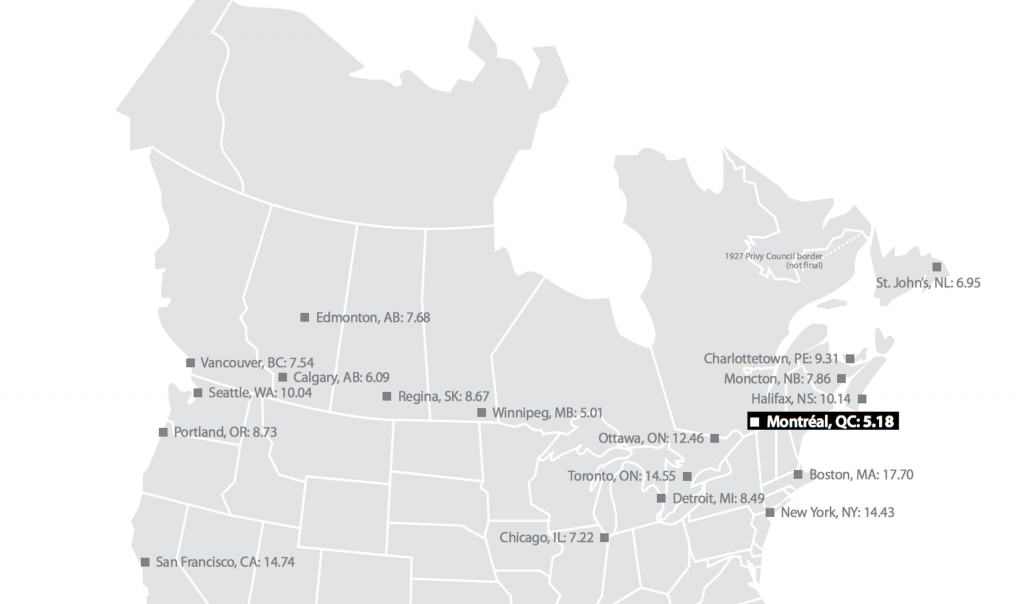Quebec has been sitting on an energy surplus since 2010 and it’s beginning to find a use for it: cryptocurrency mining. Hydro-Québec is expecting a surplus of about 10 terawatt-hour per year until 2026.
This surplus of power is usually exported for profit, but it has recently been used as a marketing tool to draw in new high-energy businesses to Quebec.
“We have made a lot of effort with the data centre industry to promote our own energy internationally and to present the benefits of our energy (clean, renewable, low rates, reliable grid),” said a Hydro-Québec spokesperson, in an email to MobileSyrup. “Cryptocurrency companies saw the advantage to come [to] Quebec.”
Cheap hydro and reliable electricity is a must for miners because the rigs that mine cryptocurrencies need anywhere from 30 to 300 megawatts of electrical capacity, depending on the size of the mining operation.
Hydro-Québec offers some of the cheapest rates in North America, ranging from $5.18 to $11.42 per kilowatt-hour depending on the amount and type of consumption.

A large-scale cryptocurrency mining rig can generate an abundance of heat as it computes the math equations needed to sustain the blockchain.
This creates a strain on the computer parts used to build the chain and can cause the parts to break. The cooler Quebec weather means that miners will ideally have to spend less on cooling equipment and replacing overheated parts.
There are now five large-scale crypto mining operations working in the province, but Hydro-Québec remains a little tentative to the idea of a crypto mining.
“It could be very interesting but we need to be very cautious with the development of the crypto mining industry,” said the same Hydro-Québec spokesperson. This complex process can vary from smaller mining rigs that can fit into unused sections of existing factories or large-scale operations that need their own space, of which Quebec has a great deal.
This article was originally published on MobileSyrup


